

13 Pitching Lessons I Learned at Cartoon Springboard
A few weeks ago in Germany, I got my pitching game on for Cartoon Springboard’s three-day European forum for young professionals.
This new event offers recent graduates (like me) the chance to polish a potential commercial project, before sending it out into “the real world” of the competitive European animation industry. My cross-media animated meme, That’s Not Nice, was one out of 24 projects for animated series, feature films, cross-media, and television specials to be selected, and then pitched and reviewed by a panel of 13 European experts.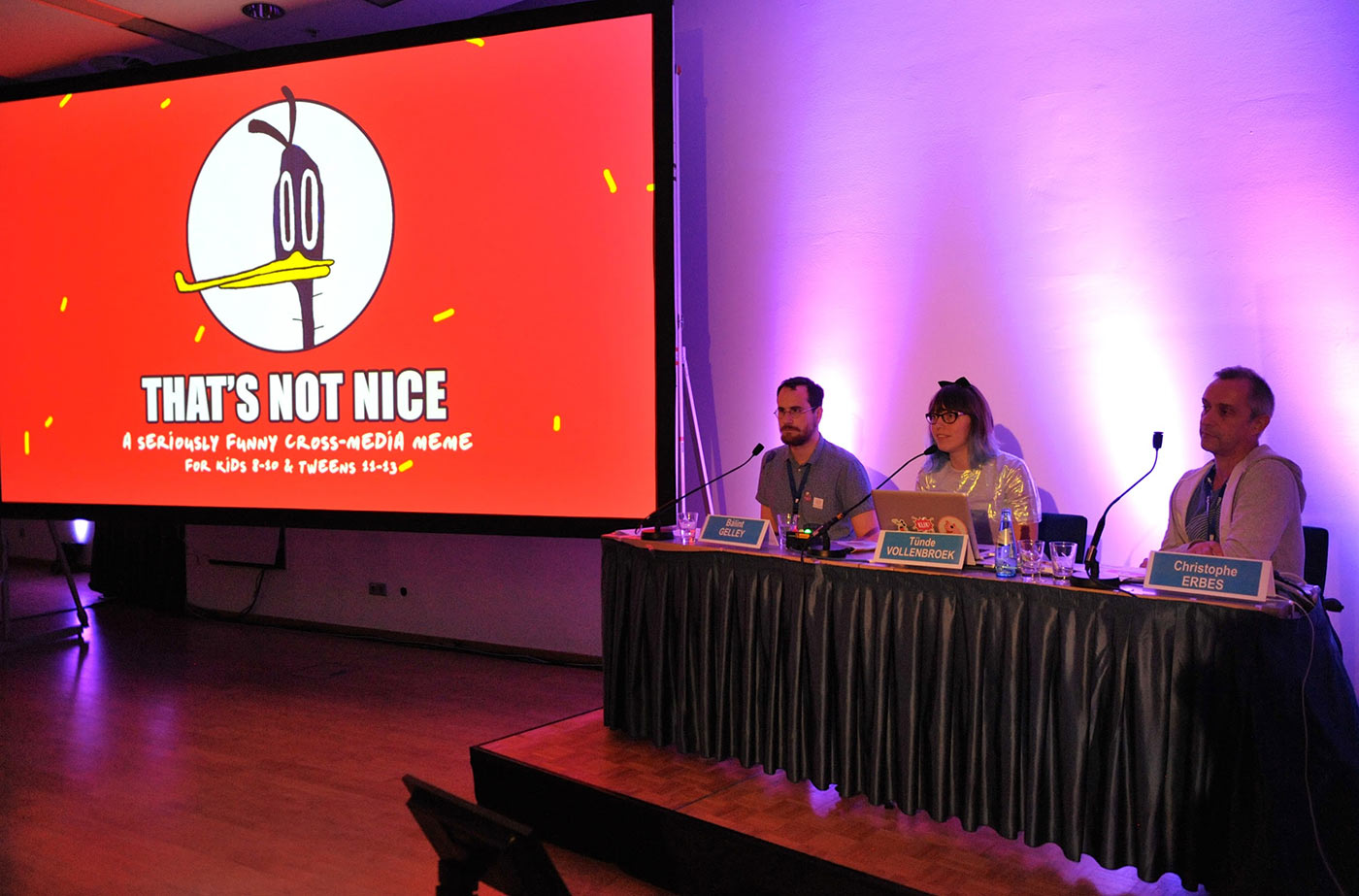
I’d like to share the lessons Springboard taught me, which may be useful for those wishing to further develop their own ideas outside of the studio system.
PITCHING
1. (Get to) Know who you are pitching to
Who’s sitting on the other side of the table? Do your homework on them, then you can make the most of your conversation. For example, a representative from the Germany’s public television channel KiKa said many children’s channels in Europe aren’t allowed to show weapons. If you’re pitching a concept about Vikings with weapons to KiKa, you’re wasting their time and yours.
2. Tell them why you care
Make sure to express why you want this project to happen. If you don’t know and show why you care, why would anyone? The Springboard pitch for the TV special Tufo was so heartfelt the audience burst into applause, and three producers from different countries pretty much offered to co-produce then and there.
3. Sell your idea, not the toys
Sure, it’s interesting to talk about launching strategies and merchandising possibilities, but if that means you don’t have time left to explain the essence of your story, then cut some facts. If your story and characters are great, you don’t have to expand on possibilities for merchandising —- people will see it in the essence of your project.
4. Better to show than tell
In a previous version of our pitch we said, “Our main character, The Duck, is perfect for a meme.” Our Springboard advisor, Christophe Erbes, asked, “Why are you telling me this, instead of just showing me?” Showing makes a much stronger case, so we put up a slide with memes of The Duck, which made the audience laugh out loud and see the potential.
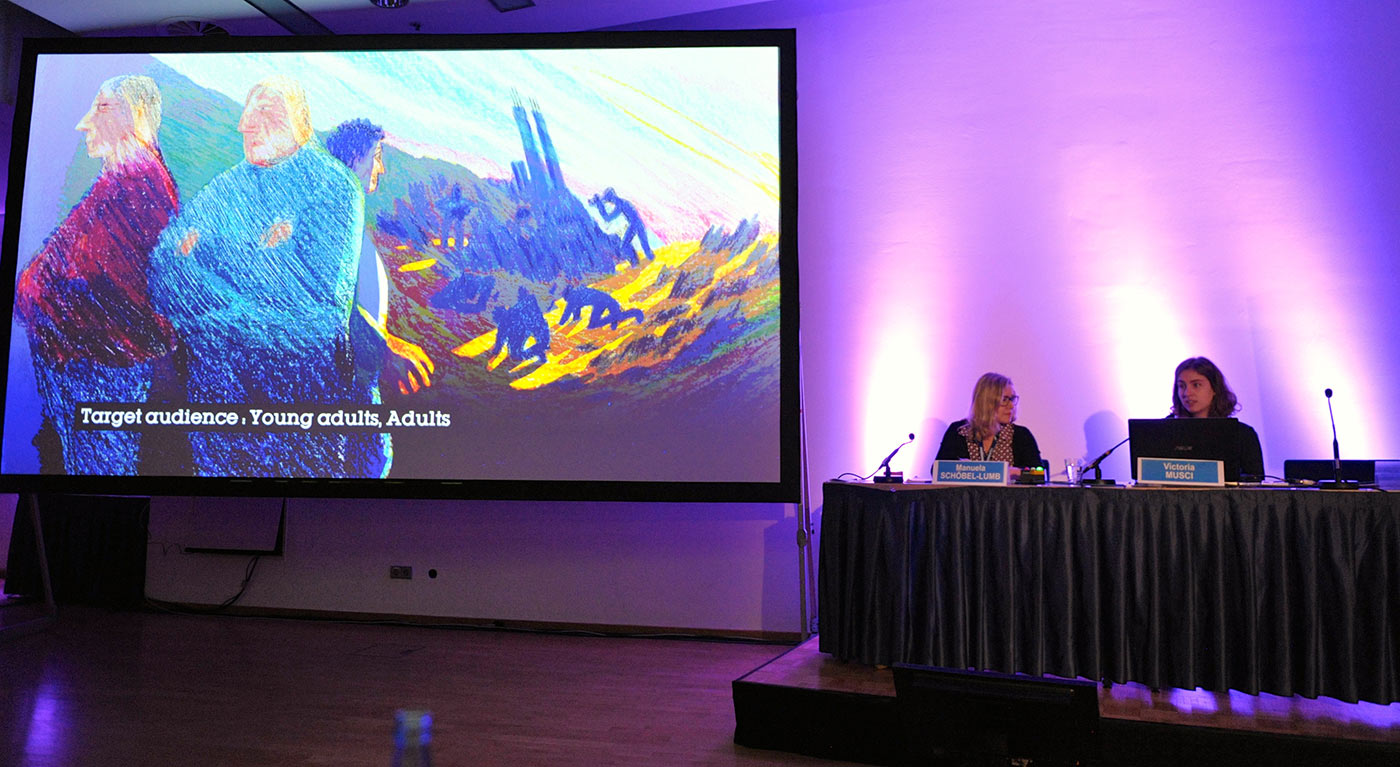
TARGET AUDIENCE
5. Focus your target group
Be specific about who your audience is. Choose kids or adults. If you choose kids, make your concept fit with their level of understanding. If you choose adults, push your concept further. (The only exception to this is visual slapstick humor; that can be all-ages.) Then specify some more, into pre-school, kids, tweens, teens, young adults, or adults (just to name a few). Then specify some more into age; even ‘pre-school’ is too broad, and means something different in each country.
6. (Get to) Know your audience
Often there’s a discrepancy between a project’s level of difficulty and depth, and the age of the target group. Spend time with your audience, stay in touch, understand what moves them. Don’t presume anything about them. Always test your project with your target group, not just because it’s important but also because it’s the first thing producers, distributors, and investors are going to ask you about. Imagine how prepared and professional you’re going to look when you tell them you’ve already tested your concept with your target audience and they loved it.
7. Connect early
Especially in this day and age, it’s important to connect with your audience already before the launch. You can start with launching something relatively inexpensive, like a comic or calendar, to build your audience. Then you’ll see if there’s an audience for your project, and you can ask for their help in expanding your universe on different platforms. Connect with your audience through little but many steps.
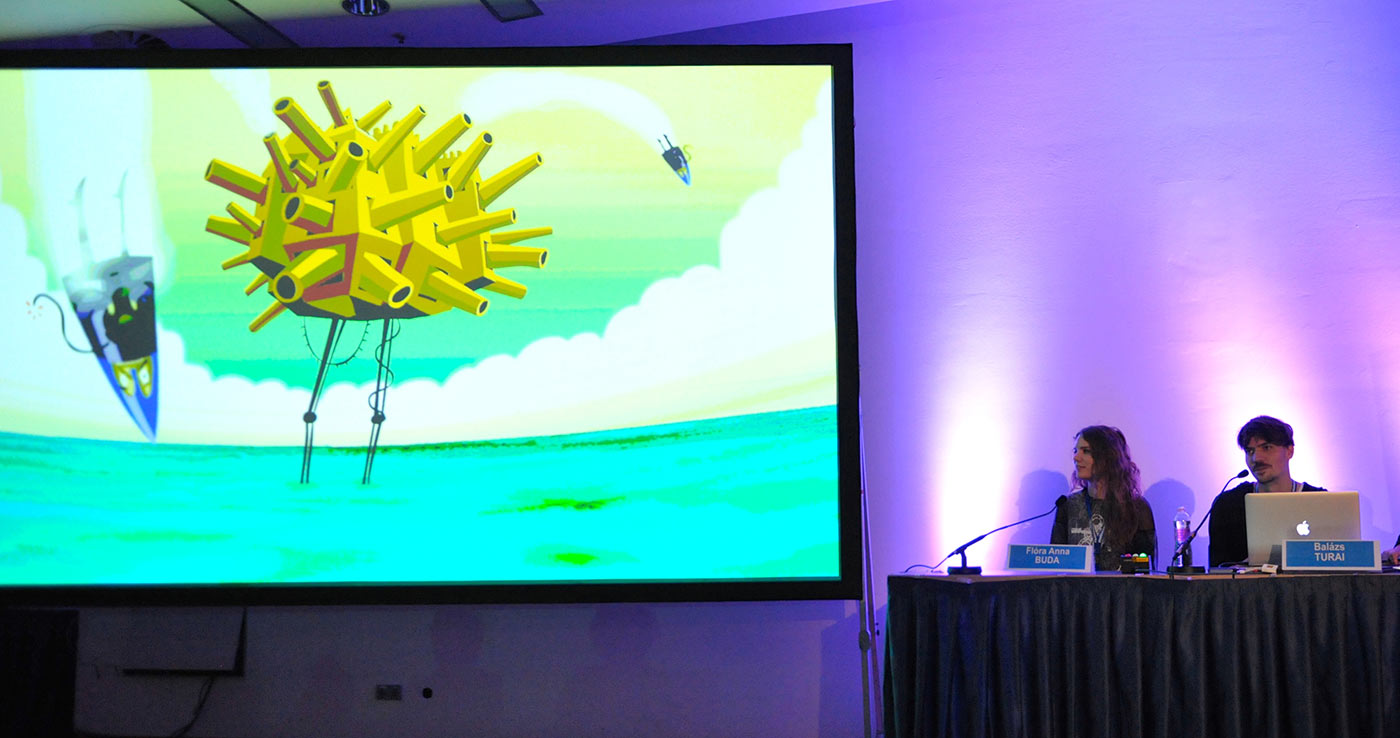
CREATIVE
8. Work with a co-writer…
…but be clear about which story you want to tell. It’s a smart move to bring a co-writer onto your project, but before you do, be very sure and clear about the core of your story. If you’re not, the co-writer will tell the story in his own way, and you’ll be wasting time.
9. Is your design the most fitting style?
Always ask yourself: Is this design the best choice for the project, or is it simply my style? Just because you’re the film’s director doesn’t mean you have to be its art director at the same time.
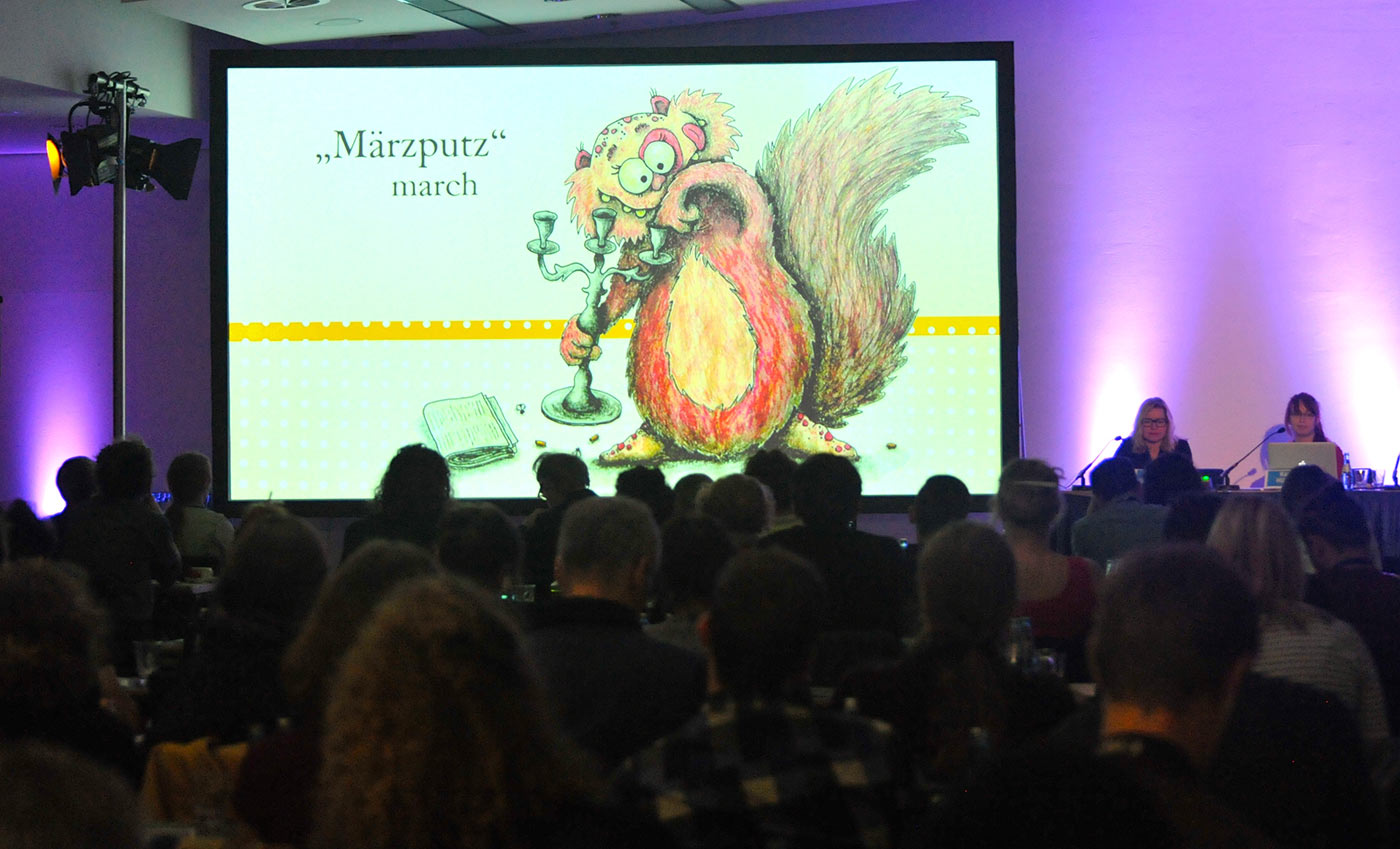
BUSINESS
10. Go with the new, but don’t underestimate the old
Selling your concept to traditional media is becoming more difficult. At the same time, publishing only online on platforms like YouTube rarely offers enough income. Combine the best of both worlds. First, build your audience online, and then, if you get a good response, approach traditional media. Note: TV channels are strict when it comes to the episode length. They should be five, seven, 11, or 22 minutes long.
11. Carefully consider the size of your team
You are stronger in a group than alone, but don’t make your team any bigger than it needs to be. Figure out what’s the best way to produce your project. Will three animators in a basement do fine, or do you need to co-produce with three countries? Having a bigger budget sounds great, but a bigger (international) team raises the total budget with extra overhead and production costs, which means less creative freedom and a longer production period. How big of a team is big enough to realize your project?
12. Carefully choose who you work with (especially your producer)
Find partners who really understand your brand. You should believe in the same values, content, business models, and the team. And trust one another, so that when you’re in a crisis you can get out of it together.
Walking the Dog producer Eric Goossens had a list of important elements to take into account when looking for a producer:
- Track record. Is it any good? Starter or established? Starters generally have more time to focus on your project, but established producers obviously have more experience.
- Project compared to the producer’s profile. Do you see your film fitting in with their filmography?
- The producer’s team. You have to meet and like them, not just the main producer.
- Producer’s financing status. Ask a professional to track this down.
- Honesty. It can happen. A producer says he’s going to pitch in Toulouse, but isn’t. You should check.
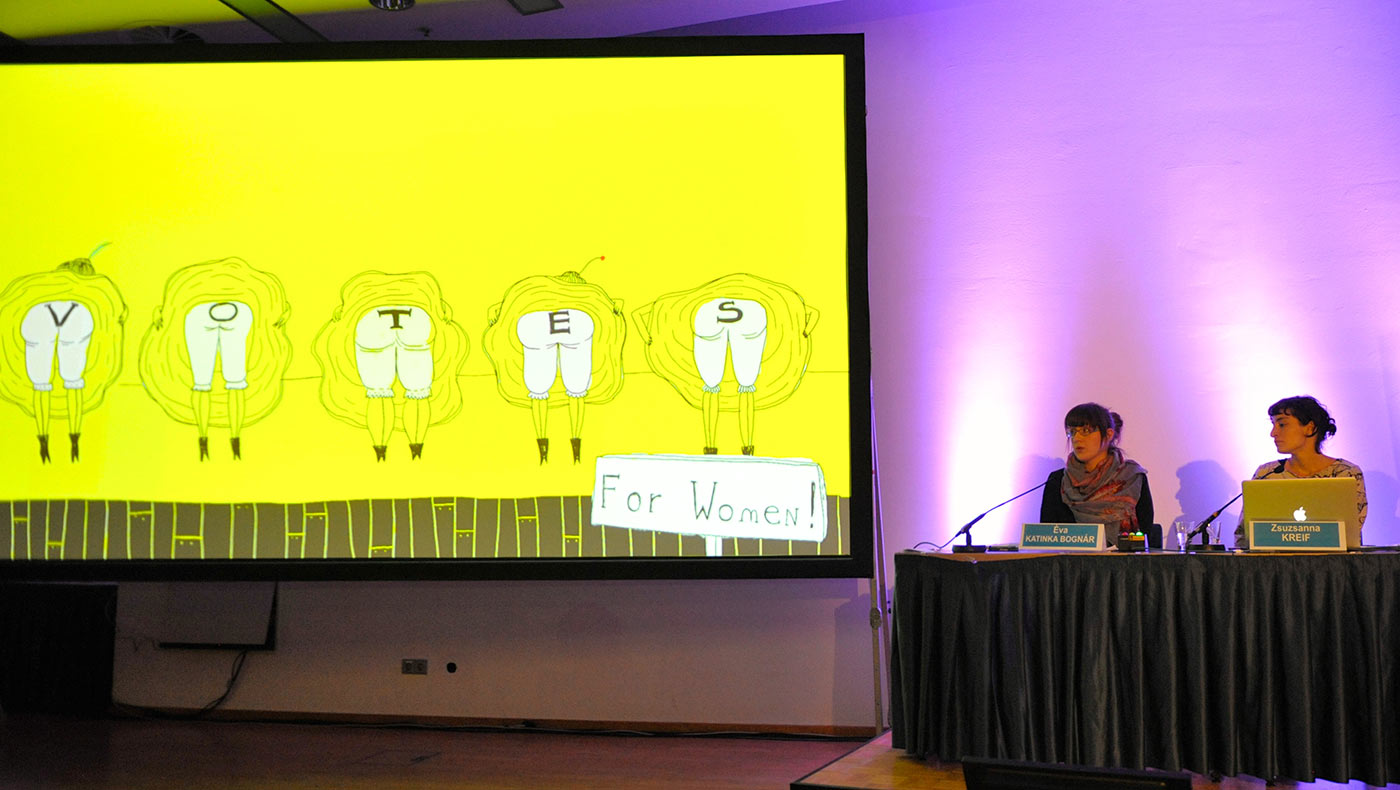
LASTLY…
13. It’s not easy, but it’s possible
Getting your own project is hard, but everyone is looking for the next big thing. So if you have that special concept, story, or character, that next Spongebob or Angry Birds, then everyone will want to work with you.
A general feeling of, “Wow, there’s so much I don’t know yet, I really have to step up my game!” hit me after all these (and more) lessons I learned at Cartoon Springboard. The event offered us a nurturing environment with experienced professionals lovingly cheering us on with honest critiques, useful advice, and lots of enthusiasm.

.png)